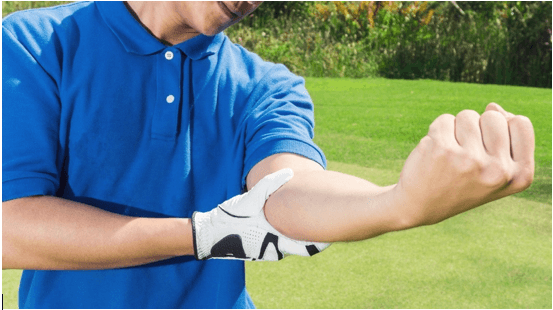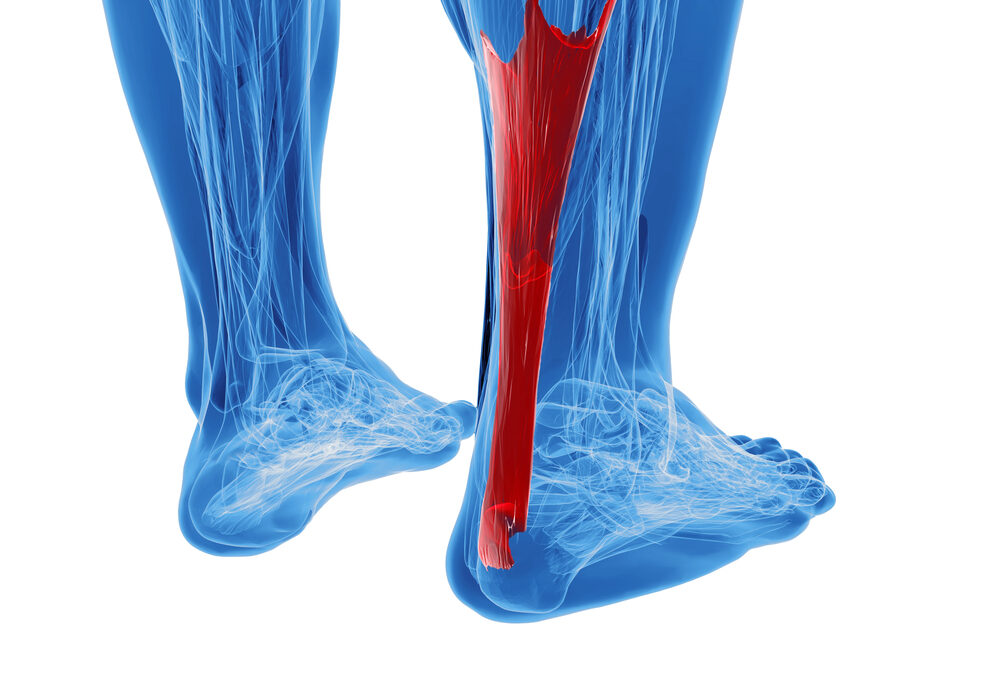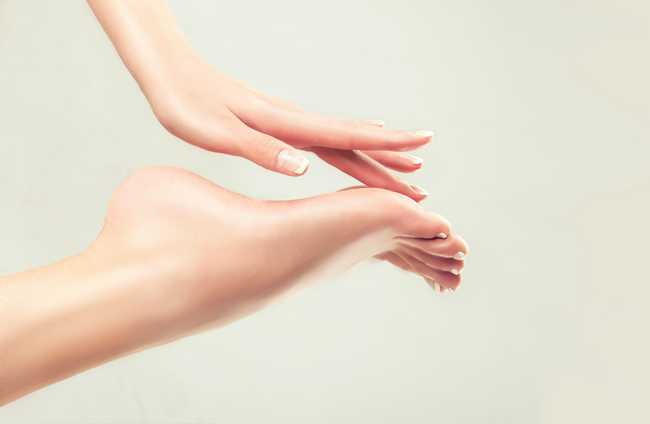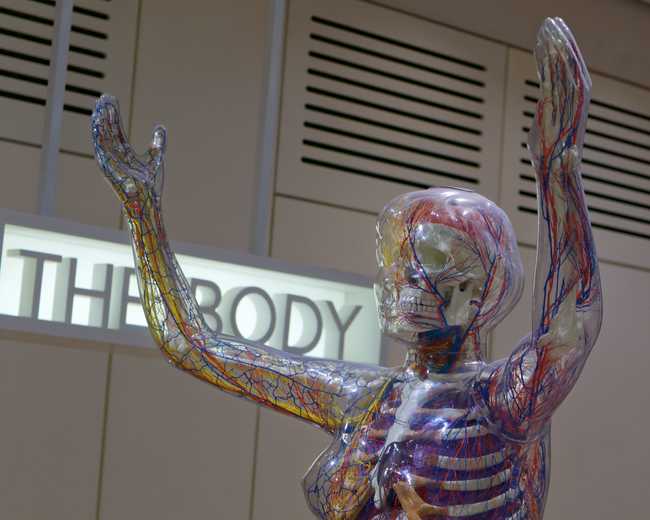
Healing Benefits of Natural Neuropathy Treatment
The Healing Benefits of Natural Neuropathy Treatments
When complications arising from diabetes occur, they may result in the disruption of blood flow. This interruption causes fewer nutrients (oxygen and minerals) to reach most body organs, leading to a type of nerve damage known as diabetic neuropathy.
Neuropathy itself is a nerve disease caused by nerve cell damage or dysfunction, hampering communication between the cells and the brain.
There are four main types of diabetic neuropathy:
- Autonomic Neuropathy: Affects mainly the nerves that control digestion, but it can also affect the nerves controlling heartbeat, sex organs, and blood vessels.
- Mononeuropathy: This can occur in any specific nerve.
- Peripheral Symmetric Neuropathy: Affects mainly the hands, arms, legs, and feet.
- Proximal Neuropathy: Affects the thighs, buttocks, hips, and legs.
Diabetic neuropathy progresses over time, with symptoms getting worse with time. Here’s all you need to know about neuropathy’s causes, symptoms, and management.
Diabetic Neuropathy Causes
Uncontrolled high blood sugar damages the nerves over time, which is thought to be the number one cause of diabetic neuropathy. Anyone with diabetes stands a high risk of developing neuropathy. Although there is no precise reason why or how this happens, there are factors that make you susceptible to diabetic neuropathy, including:
- Uncontrolled or Excessive Blood Sugar Levels: Excessive blood sugar levels put you at risk of all complications that arise from diabetes, including nerve damage.
- Kidney Damage: Kidney damage inhibits proper excretion of some toxins, leading to nerve damage.
- Smoking: Smoking results in reduced blood flow to the legs and feet because it causes the narrowing and hardening of arteries.
- Diabetes History: The longer you have had diabetes, the more likely diabetic-related neuropathy can occur.
Diabetic Neuropathy Symptoms
The symptoms depend on the type of neuropathy and the nerves affected, but in general, they include:
- Gastrointestinal symptoms like constipation, bloating, nausea, or even diarrhea
- Difficulty standing up after sitting for long
- Ulcers
- Infections
- Tingling, muscle weakness, numbness, or pain
- Loss of feeling in the arms, hands, or feet
- Double vision
- Aching behind one eye
- Deformities
- Bone and joint pain
A reputable chiropractic clinic can offer relief for most, if not all, of these symptoms, allowing you to get back to your normal duties.
How to Treat Diabetic Neuropathy
As mentioned earlier, anyone with diabetes can get diabetes-related neuropathy, so the first and best thing to do is monitor and manage your blood sugar levels.
Unfortunately, there is no known cure for the condition, and treatment only aims to slow down its progression. It includes using:
- Anticonvulsants: These include Pregabalin prescriptions to ease the pain. Gabapentin and Sodium valproate may also be given when other effects, such as weight gain, are present.
- Antidepressants: These include Duloxetine or Amitriptyline to reduce unpleasant sensations.
- Opioids: These include Oxycodone, Dextromethorphan, Tramadol, and Morphine. However, these are rarely prescribed because they have a high risk of rendering someone dependent after prolonged usage.
- NSAIDs (painkiller): Common painkillers such as paracetamol to ease the pain.
- Spinal Cord Stimulation: A spinal cord stimulator is a pacemaker-like device implanted between the epidural gap (space between the spinal cord and the vertebrae). It delivers electrical pulses to the spinal cord to help manage chronic pain when other medications fail to provide relief.
Diabetic neuropathy is a painful condition that causes many discomforts and can even be debilitating. However, by taking the correct measures to manage blood sugar levels, you can prevent it from getting worse.
